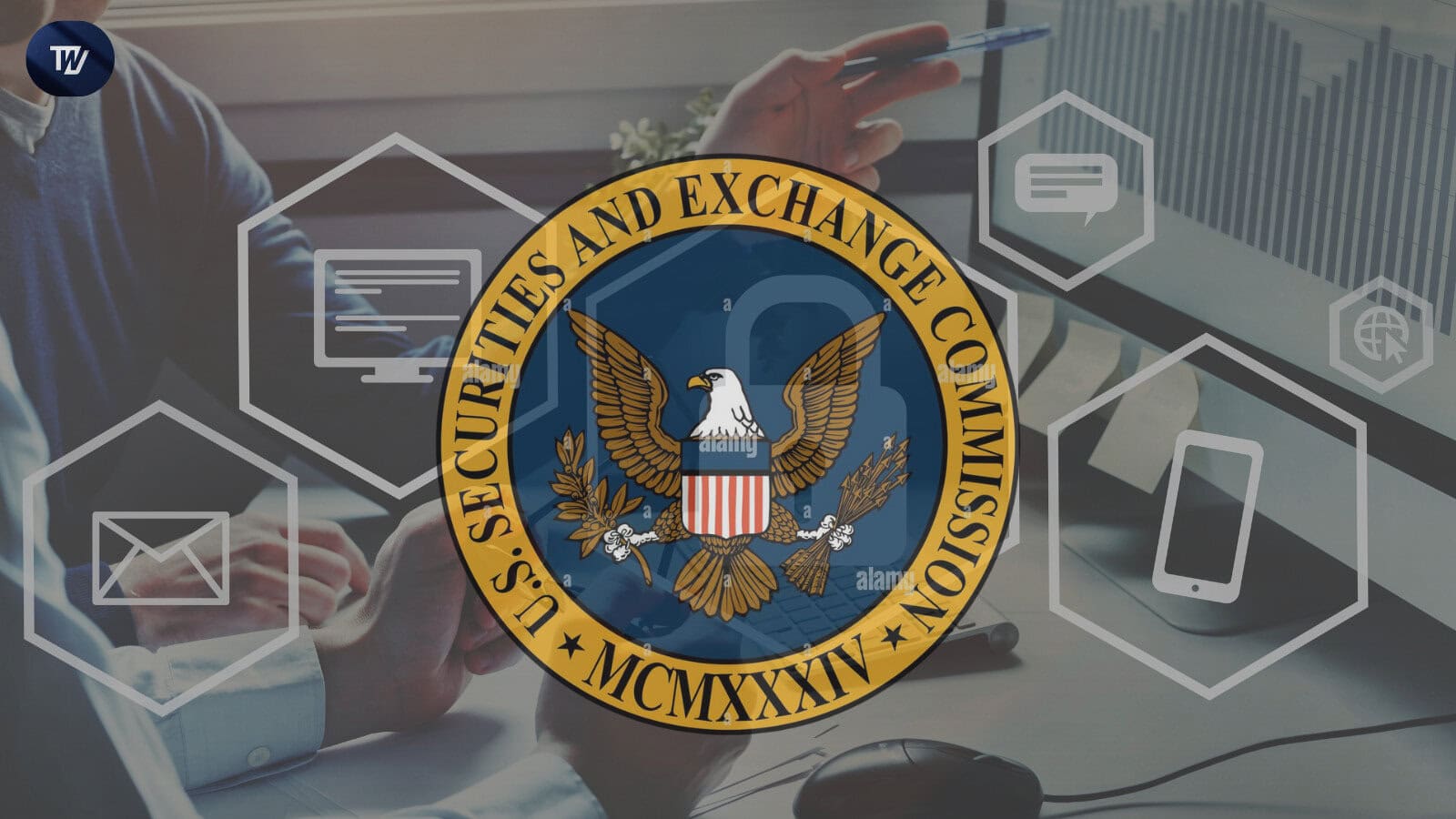

Key Takeaways:
- Leading U.S. financial associations jointly petition the SEC to amend cybersecurity incident disclosure rules.
- Premature disclosure mandates under Item 1.05 are cited as harmful and counterproductive.
- Petitioners argue existing frameworks already protect investors without increasing systemic risk.
A powerful coalition of financial industry organizations, including the American Bankers Association, the Bank Policy Institute, and others, has filed a formal petition urging the U.S. Securities and Exchange Commission (SEC) to revisit and revise its cybersecurity disclosure regulations.
The petition focuses on rescinding Form 8-K Item 1.05 and its equivalent for foreign issuers, claiming these requirements create serious unintended consequences without delivering meaningful benefits to investors.
The proposed rule, introduced as a part of the Exchange Commission’s larger Cybersecurity Risk Management, Strategy, Governance, and Incident Disclosure program, mandates the disclosure of material cybersecurity incidents by public firms promptly.
Nevertheless, the finance groups warn that the requirements lead the firms to disclose incomplete, unverified information at the most important times during incident response.
SEC Compliance Confusion and Regulatory Overlap
Since Item 1.05’s implementation, registrants have struggled with its interpretation and execution. Firms frequently face uncertainty about whether an incident meets the threshold for disclosure and which Exchange Commission filing item should be used, Item 1.05, Item 8.01, or neither.
Despite ongoing Exchange Commission efforts to clarify compliance through guidance documents and comment letters, confusion persists. This regulatory uncertainty has given rise to inconsistent disclosures throughout the marketplace and has engendered cynicism regarding the real usefulness of information being made available.
The petition highlights the reality that coerced transparency in the midst of real-time incident investigation not only makes remediation harder internally but risks compromising coordinated efforts with law enforcement and regulatory authorities relying on confidentiality while mitigating cyber threats.
Furthermore, the critics point to broader systemic risks. Releasing previously undisclosed information at an earlier time would potentially make threat actors aware of still-existing vulnerabilities, potentially intensifying an attack.
The risk of cybersecurity weaponizing the rule through the threat of using the requirements being imposed by the Exchange Commission as leverage in ransom demands has been identified specifically as a risk.
Alternative Path for Investor Protection
The petitioners maintain that the preexisting disclosure framework, already covering material events of all types, offers sufficient investor protection without the risks introduced by Item 1.05. They argue that meaningful and responsible disclosures are best achieved when companies have time to investigate and assess the scope of cybersecurity incidents thoroughly.
By calling for the removal of Item 1.05, the financial institutions believe they are not evading transparency but rather advocating for a more effective and secure method of communication with investors.
Their proposal reflects a broader concern that well-intentioned regulations, when applied without regard to operational realities, can ultimately hinder both market integrity and national cyber safety resilience.
Related Reading | XRP Eyes Major Breakout as Historical Patterns Signal Potential Surge to $27–$46



